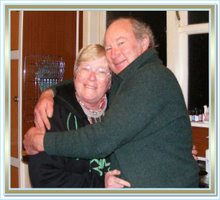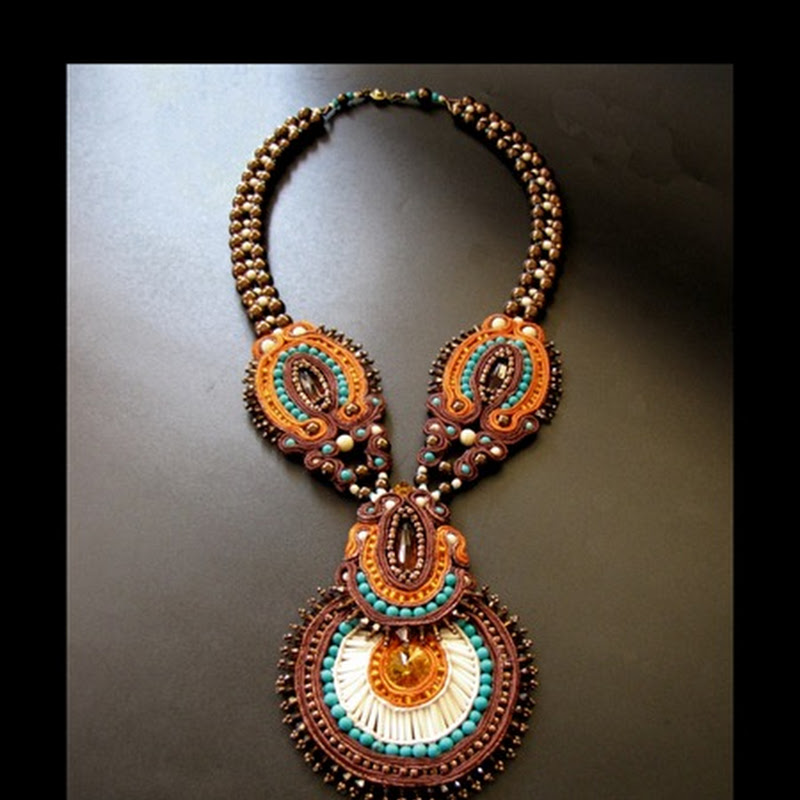I use to have two stunningly colorful Love Birds named Silvia and Eglamour. I named them after two characters in one of William Shakespeare's Plays "Two Gentlemen of Verona". You can read the play at the link included. I have always adored animals of all kinds.... and would often bring home all kinds of strays and birds with broken wings when I was a little child. Perhaps I should have spent my life working in an animal shelter or a Veterinerian's office.
Anyway I am devoting today's post to Love Birds.

Lovebird is the commonly used name for the genus, Agapornis (from the Greek agape, for love, and ornis, for Bird), and can refer to any of the nine species of the genus. They are a very social and affectionate parrot.
The name Lovebird stems from these birds' bright, caring personalities. This is reflected by the bird's name in other languages: in German, "die Unzertrennlichen," and in French "les inséparables"- "inseparables." For this reason, many people feel strongly that lovebirds in captivity should be kept in pairs. Others believe that lovebirds, like other parrots, are social animals who can bond with human companions when given care and ample attention. Recommended foods include a pellet based diet along with fruits, vegetables and grains.
Lovebirds are about 13-17 centimeters in size, 40-60 grams in weight and are characterized by a small, stocky build and a short, blunt tail. This puts them among the smallest parrots in the world, although their beak is rather large for their overall size. Most lovebirds are blue, green, or lutino, although color mutations can feature many different colors. Some lovebird species, like Fischer's, black cheeked, and yellow collared lovebirds, have a white ring around the eye. Their lifespan is said to be 10 to 15 years.Lovebirds have the potential to make great pets for those who have the patience and time required of any parrot species. Because of their inclination to bond, they can form great long-term relationships with people. Lovebirds are healthier and more energetic than some other parrot species.
Provided with space, toys, and love, lovebirds can become cherished companions. They love to snuggle and often preen their favorite people. An important tip for lovebird owners is to regulate the amount of time spent with them. If you devote hours per day to your lovebird for several weeks because it's new and exciting and then cannot for some reason you can end up with a very temperamental lovebird on your hands.
Eight of the different species come from the mainland of Africa. The ninth species, Agapornis canus, originates from Madagascar. In the wild the different species are separated geographically. Lovebirds live in small flocks and eat mainly fruit, vegetables, some grasses and seed. Black-winged Lovebirds also enjoy insects and figs.
Only some of the lovebird species are sexually dimorphic. This includes the Abyssinian Lovebird, the Madagascar Lovebird, and the Red-faced Lovebird. However, colour mutation is common in other species of Lovebirds.
Lovebirds require an appropriately sized cage. Usually the minimum for a single bird is 35"x35"x35". They require lots of toys and things to chew on and play with, or will soon become bored and develop behavioral problems. Lovebirds are extremely social birds, and require several hours of interaction a day if kept singly. They need social interaction, be it with conspecifics or human companion, for their emotional as well as physical well-being. Without this interaction, daily exercise, a roomy cage, and many toys to play with, they may resort to feather-plucking or other behavioral problems. They don't necessarily need the companion of another lovebird, as the myth says. They do, however, need a human who will dedicate lots of time with them and take the place of the other lovebird. They love to take baths almost every day and may sun themselves after bathing in order to dry.Lovebirds require a variety of food, such as pellets, fruits, and vegetables. As a regular food, pellets are recommended, as the millet food generally sold in pet stores has too much fat in it and is not a significant source of nutrition. Pellets specially made for birds provide a well-balanced diet. Fresh greens are also extremely beneficial if not essential.
Lovebirds are very vocal birds, making loud, high-pitched noises. Some make noise all day, especially during the first morning hours.
Lovebirds are also very active, and love to chew things. When they are let out of their cage, it is wise to watch them carefully and protect any furniture, electrical wiring or anything else that they could possibly chew on.
Lovebirds are all of the genus Agapornis and can produce offspring with other lovebirds within the same genus. The cross-species hybrids are often sterile. It is recommended to only place birds of the same species together, or of the same sex, for the sake of the potentially faulted hybrid offspring.
The following link will take you to a YouTube site with a precious video of a couple hand feeding some baby lovebirds. It is so worthwhile to watch.
Patricia



















0 comments:
Post a Comment